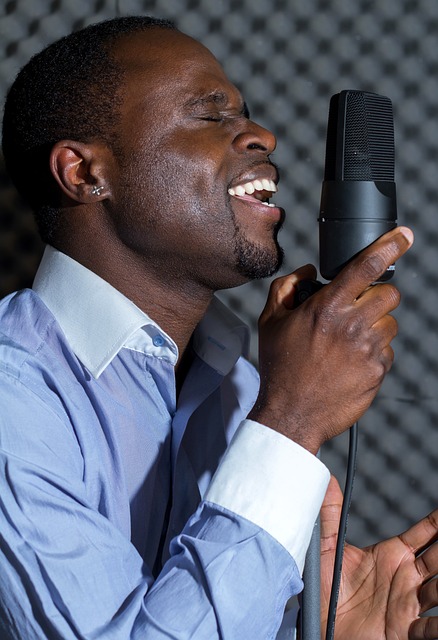Structuring guided warm-ups to strengthen vocal control
Structured guided warm-ups help singers and voice users build reliable technique by targeting breath, pitch stability, and muscular coordination. A consistent sequence that balances breathwork, gentle onset, pitch placement, and eartraining gives measurable feedback for steady progress without strain. This article outlines practical components and remote-friendly tools to shape effective warm-up routines.

How can guided warmups develop vocal control?
Guided warmups create a predictable framework that prepares the respiratory and laryngeal systems for singing or speaking. Start with gentle breathwork and low, semi-occluded vocal tract exercises to establish airflow and reduce tension. Gradually move through range and dynamics while monitoring intonation and pitch stability. Clear structure—timing, sequence, and repetition—helps the brain link sensation to sound, which improves control over vowel placement and registration transitions. Consistent warmups also reduce the risk of compensatory tension, enabling more focused practice on specific weaknesses identified through recordings and feedback.
Which breathwork techniques support pitch and intonation?
Breathwork underpins steady pitch and reliable intonation by regulating support and airflow. Exercises like diaphragmatic breathing, sustained hissing or straw phonation, and controlled inhalation/exhalation patterns teach singers to manage subglottal pressure. Use metered exercises to align breath with phrase lengths and to practice maintaining pitch during dynamic changes. Breath-focused warmups also aid coordination when shifting between registers, helping to keep intonation steady. Incorporate short breath drills at the start of each session and during transitions so breath becomes a predictable factor in maintaining consistent pitch across the range.
This article is for informational purposes only and should not be considered medical advice. Please consult a qualified healthcare professional for personalized guidance and treatment.
How do eartraining and notation fit into warmups?
Eartraining integrated into warmups strengthens pitch accuracy and musical decision-making. Start with simple interval matching, moving to scale fragments and melodic sight-singing using notation when appropriate. Use drone tones or reference pitches to anchor tuning while practicing small melodic patterns and harmonies. Notation helps singers visualize intervals and phrasing, which supports intonation during performance. Regularly alternating aural drills with sung repetition helps transfer accuracy from isolated ear exercises into real-time pitch control, especially when working on unstable intervals or micro-adjustments required for ensemble singing.
How to use recordings, feedback, and tracking in practice?
Recordings are essential for objective feedback: listening back reveals pitch drift, breath timing, and alignment issues not always perceptible while singing. Combine self-recording with structured reflection—note specific moments for pitch, phrasing, or breath errors. If available, use apps that provide instant visual feedback for pitch and intonation and that timestamp issues for focused repetition. Tracking practice sessions, tagging exercises by goal, and logging perceived difficulty create a measurable archive of progress. Feedback from teachers or peers complements self-review and helps prioritize which warmup exercises to repeat or modify.
How can analytics and remote practice inform progress?
Analytics available in many singing apps can quantify pitch stability, vowel consistency, and practice frequency. Use trend data to identify plateaus and to adapt warmups toward targeted outcomes, such as improving upper-register intonation or reducing breathiness. For remote learners, combine live coaching sessions with asynchronous recordings so instructors can annotate and suggest specific warmups. Structured practice plans tied to analytics help maintain accountability and reveal incremental improvement that might be missed subjectively. Maintain realistic expectations: analytics illuminate patterns but should inform, not replace, expert guidance.
What privacy considerations apply to remote voice recordings?
When using remote tools, be mindful of privacy and data handling for voice recordings. Review app policies on storage, sharing, and retention of audio files; choose platforms that provide encryption or local-only storage options if confidentiality is a priority. If working with teachers or collaborators, set clear agreements about who may access recordings and how long files are retained. Anonymizing files or keeping personal notes separate from recorded content can add protection. Regularly back up important practice data locally and verify that any third-party analytics services comply with expected privacy standards.
Consistent, structured warmups that balance breathwork, eartraining, and measured recording-based feedback create a practical pathway to stronger vocal control. By sequencing exercises intentionally, monitoring practice with recordings and analytics, and maintaining attention to comfort and privacy, singers can make steady progress while reducing the likelihood of strain or inconsistent pitch.






